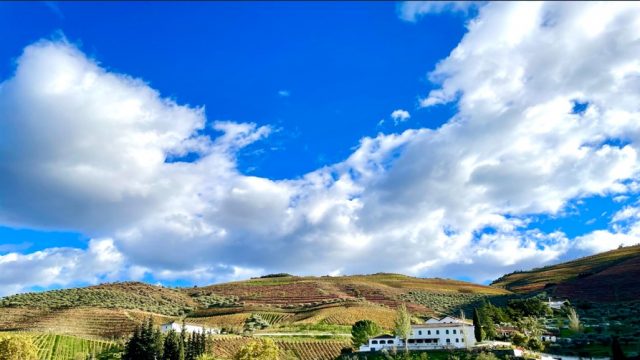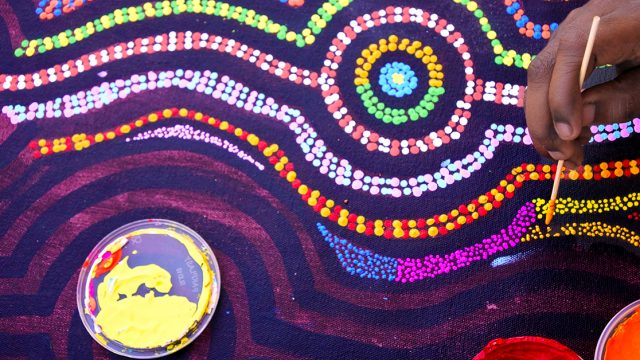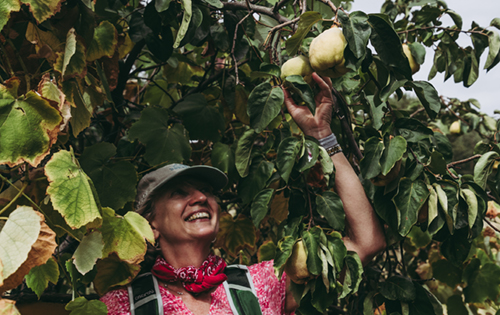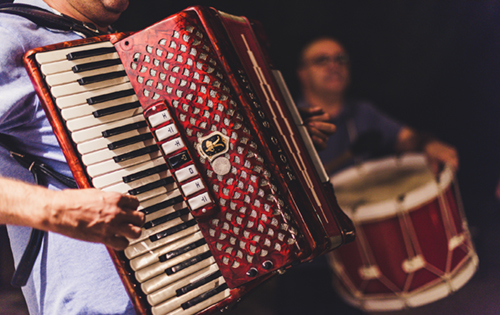Articles found in: Portugal

Queer Family Travel
Published on June 3, 2025
Queer Family Travel By Richard Krieger, Director of Out World Journeys There’s something uniquely special about family travel—the shared excitement of stepping off a plane in a new place, the laughter over an unfamiliar meal, and the joy of discovering the world together, and for queer families, travel is becoming more inclusive and accessible. Travel […]
Keep reading
My Favorite Portuguese Finds and Where to Get them Now that I am Back Home
Published on July 28, 2022
My Favorite Portuguese Finds and Where to Get them Now that I am Back Home By: Margaret Campbell, Sr. Director of Marketing at Mayflower Cruises & Tours All Photos Courtesy of Margaret Campbell Olá! I’m Margaret the Sr. Director of Marketing at Mayflower Cruises & Tours and last November I traveled Portugal for the first […]
Keep reading
Ten Countries for Crafts with a Cause
Published on October 27, 2021
Ten Countries for Crafts with a Cause By Overseas Adventure Travel In survey after survey, up to 76% of consumers say that they’d rather spend their money on experiences than things. They further cite “meaning,” “inspiration,” “fun,” and “learning” as outcomes they seek. Travelers can count on all of the above on one of Overseas […]
Keep reading
Portugal: Step by Step
Published on November 20, 2017
By Flash Parker, AFAR Ambassador Marvao Portugal is European elegance and medieval mythology, culinary excellence and fabled wine-making tradition, granite ramparts, endless rivers, and temples of skulls and bones. Portugal is a nation of quixotic charms, one best explored on foot, at a pace that allows for a deeper appreciation of people, place, and culture […]
Keep reading
Portugal: All the Little Things
Published on November 13, 2017
By Flash Parker, AFAR Ambassador Douro Sao Pedro do Corval Portugal is the little things. It is whistling ceramic roosters hand-made in a studio in Sao Pedro do Corval. Portugal is stomping grapes in an ancient lagares in a family-owned vineyard in the Douro Valley. It is walking miles over dusty dirt tracks between 2,000-year-old […]
Keep reading
